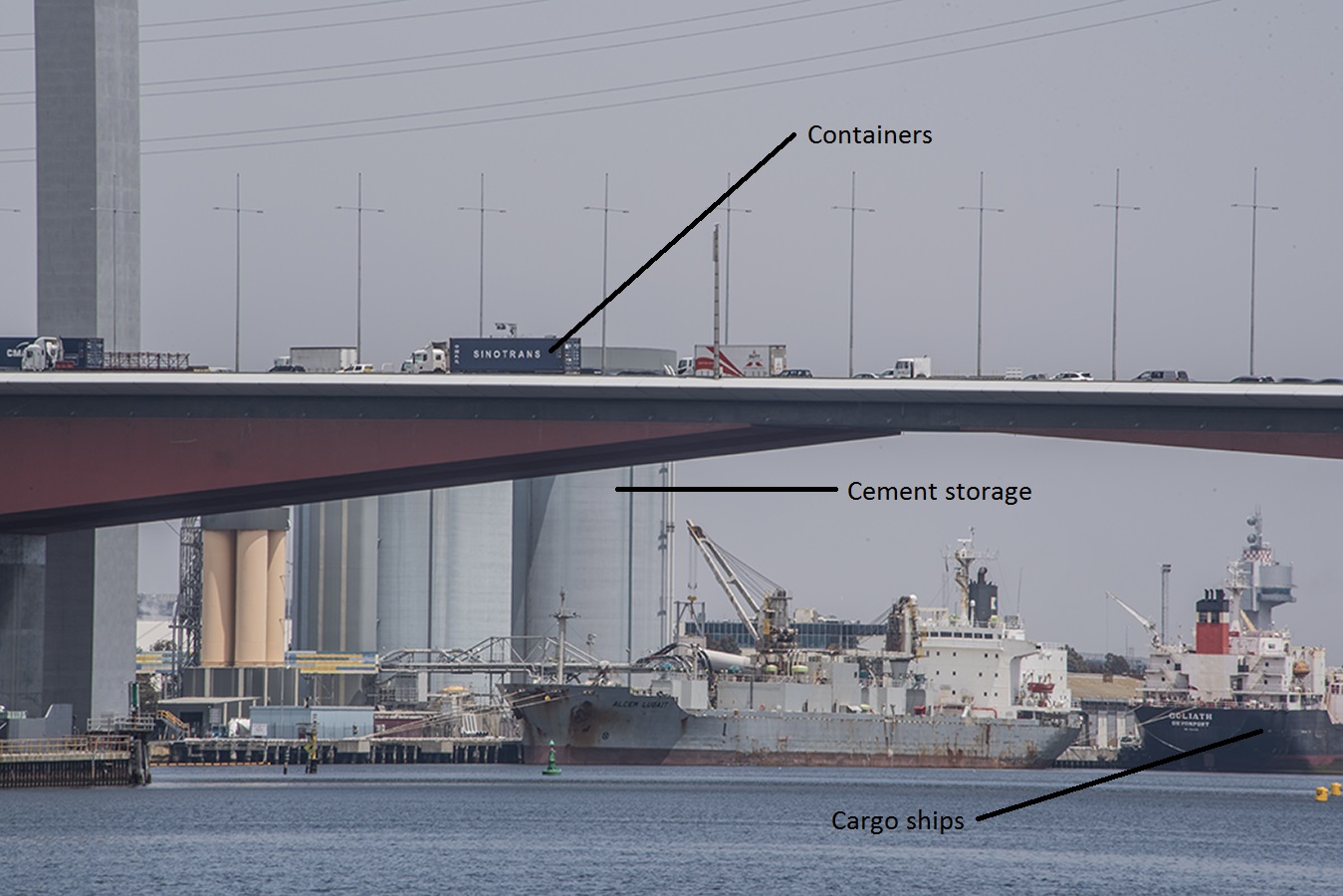
Uploaded on 2016-12-08 by Jako Roux
1. First, identify the most important stocks and flows (at least three) entering, staying in and eventually leaving your area (or city). (a) Food form the immediate hinterland (b) Oil/fuel/gas (c) Cement (d) Water (e) Tourists 2. Describe your findings based on the concept of stocks and flows by presenting the necessary information or examples. Food - urban farming non-existent, hence all food sources need come in from the hinterland or interstate and imported from overseas as flows. Will become food stocks in Melbourne and the flow out as waste again. Same with water - all the water sources are outside of Melbourne and flow in via pipelines (flows) and will become stocks for water usage and consumption and then go out again as water waste. Cement - with the rapid urban development in Melbourne, construction is booming and requires cement. Flows of cement which will become stocks in terms of infrastructure. In the photo - the cement storage is the largest cement storage facility in Australia. Eventually will flow out again as part of building waste or recycle material. Oil/Fuel/Gas - imported and flow into Melbourne via pipelines and tankers. Will become stock and used for transport, energy and household consumption. Outflows again in the form of heat and/or gasses. Tourists - Melbourne is very popular special among Asian tourist. Tourist coming in (flow), stay for a while (stock) and leave again (flow). 3. Imagine and shortly describe how these stocks and flows could change in the future for the benefit of your area. Tourists - as a popular destination more tourists will bring in more revenue. Also tourist could participate in crowd-sourcing and play part in gathering of data to make Melbourne smarter. Water - as Australia is in general a dry country, water management could be improved a lot to everybody's benefit. Food - urban farming/agriculture can be promoted, which could easy the in-flow of food sources. Could provide better sustainable food sources and keep revenue within the metro area for development. Oil/fuel/gas - with new clean/green technologies could lessen the dependency of fuel/gas flows and stock. Benefit the environment and livability. Cement - better recycle methods and new greener building techniques could help improve the environment and livability.